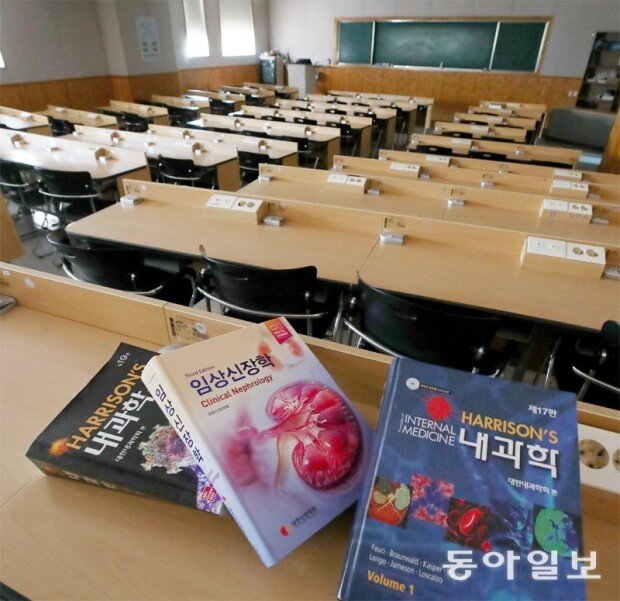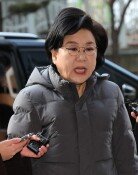Medical schools face challenges in offering quality classroom environment
Medical schools face challenges in offering quality classroom environment
Posted March. 18, 2024 07:51,
Updated March. 18, 2024 07:51

It was on Friday at the ‘High-tech and safety anatomy laboratory’ on the 4th floor of the main building of Chungbuk National University College of Medicine in Cheongju City of North Chungcheong Province. The room had 10 steel training tables, with monitors and operating lights hanging from the walls and ceiling. Anatomy, along with physiology, is one of the most important basic subjects in medical school. First-year students usually form groups of six to eight and practice on a cadaver. The professor demonstrates first, and then students follow suit by watching the large screen placed in the center of the lab as well as individual monitors. However, the lab was quiet on this day, as the students took a leave of absence in protest to the government's policy of increasing the medical school student quota.
“By accepting more students, we have no choice but to assign three or four times more people in each group, which would significantly compromise the quality of practice,” an insider of the Chungbuk National University College of Medicine said. If we accept more students without providing better educational facilities, we might end up like Seonam University Medical School, with 30 to 40 students per group working on one cadaver. This could lead to a decline in the quality of education, a concern that we all share.”
Your reporter visited Chungbuk National University and Pusan National University, key national universities that applied for more than two times increase in the current admission quota, to observe the scene. Chungbuk National University and Pusan National University requested an increase in students from 49 to 250 and 125 to 250, respectively.
‘’A sudden increase in the number of students starting from 2025 would cause schools to shift teaching methods, moving away from small groups and practical training to large lectures,” said Shin Chan-soo, the chairman of the Korea Association of Medical Colleges. “A sudden increase in student admissions would turn back the clock to provide 1980s-style education, not future-oriented education. This may lead to a significant gap even among medical students, a gap that we must urgently address.”
"All medical education evaluation and certification standards can be met under increased student quota," the Ministry of Health and Welfare said. "We can find time to increase educational infrastructure by splitting classrooms and adjusting the curriculum.”
청주=조유라 jyr0101@donga.com







